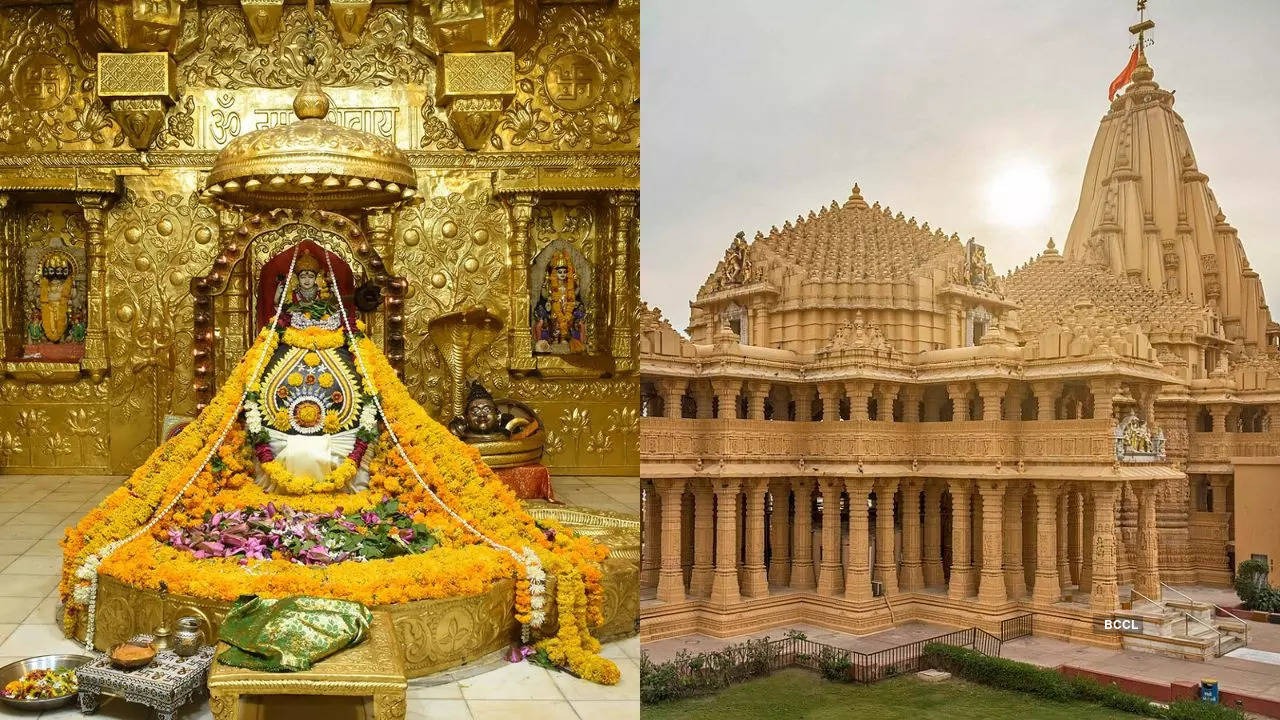
The Somnath Temple, one of the most revered Jyotirlingas in India, holds a deep spiritual and historical significance. Known as the "Eternal Shrine", it has withstood centuries of destruction and reconstruction, symbolizing faith, resilience, and devotion.
This sacred temple is not only a place of worship but also a site of mystical legends and divine miracles. From its rich history to its miraculous aspects, let’s explore some of the most fascinating facts about the Somnath Temple.
Historical Significance of Somnath Temple
- Somnath is believed to be the first Jyotirlinga among the twelve Jyotirlingas of Lord Shiva.
- Ancient texts like the Shiva Purana and Skanda Purana mention that the temple was originally built by Chandra Dev (Moon God) as an offering to Lord Shiva.
- Over the centuries, it was destroyed multiple times by invaders but was always rebuilt, showing the unwavering faith of devotees.
- The present structure was reconstructed after India’s independence under the leadership of Sardar Vallabhbhai Patel.
Miracles and Mysteries of Somnath Temple
1. The Temple’s Self-Existing Jyotirlinga
- It is believed that the Jyotirlinga at Somnath is self-manifested (Swayambhu) and radiates divine energy.
- Devotees experience a strong spiritual vibration when they offer prayers here.
2. The Mystery of the Floating Shiva Lingam
- Ancient records suggest that the original Shiva Lingam was floating in mid-air without any physical support.
- This was believed to be due to a powerful magnetic force, but the actual secret remains unknown.
3. The Sea and the "Zero Shadow Point"
- The temple is uniquely positioned at a location where there is no land straight ahead until Antarctica.
- The inscription on the temple walls states that Somnath is the first land point in the north from the Indian Ocean, without any obstruction.
- Additionally, the Shiva Lingam does not cast a shadow at noon, which remains an unexplained phenomenon.
4. The Mysterious Undying Flame
- Legends mention that an eternal Jyoti (flame) burns inside the temple, never extinguishing despite any natural disasters.
- This flame is said to represent the endless energy of Lord Shiva.
Read More: Mangal Dosh Ke Upay: Troubled by Mangal Dosh? Then start chanting these mantras today.
--Advertisement--

 Share
Share



